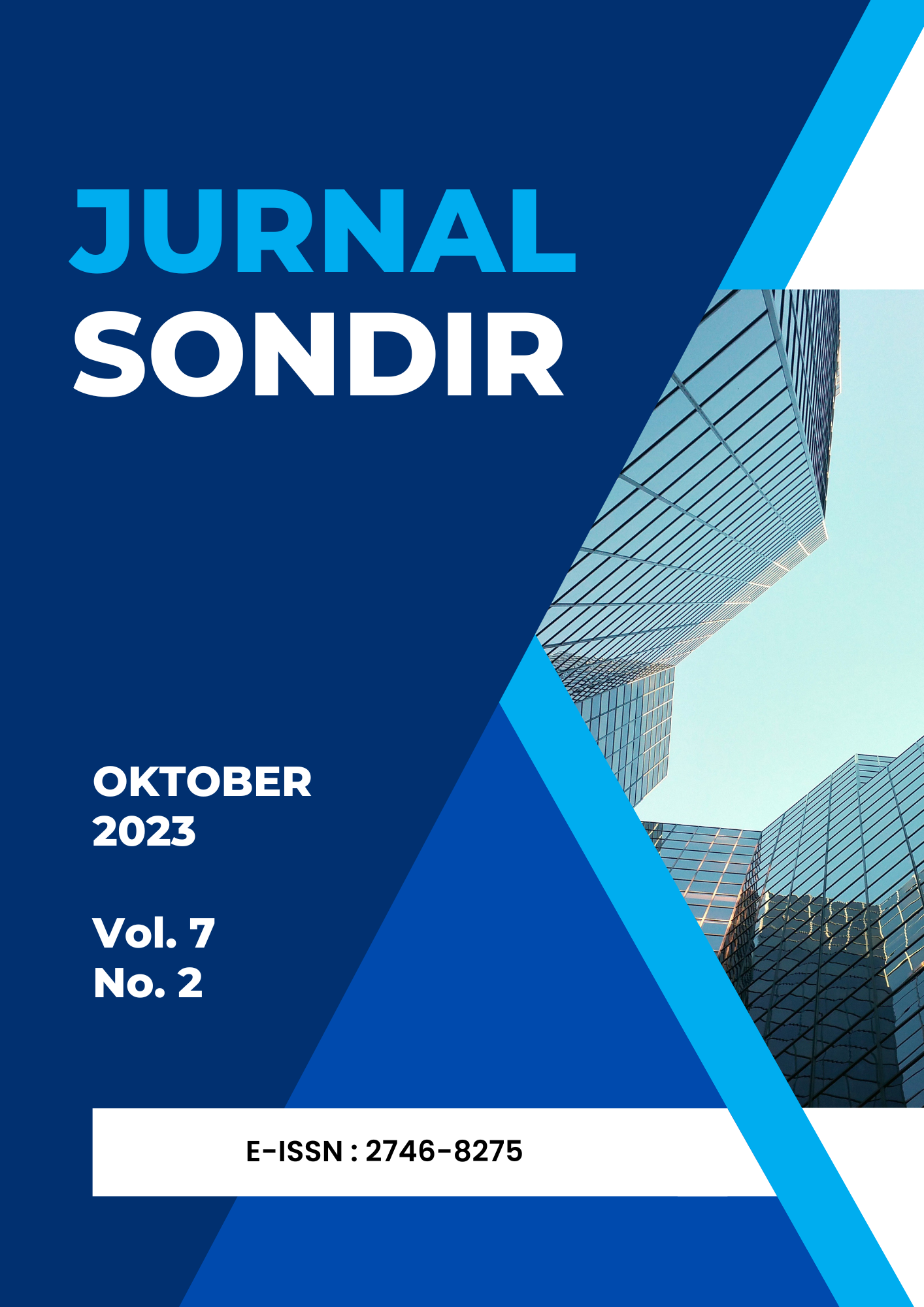Abstract
A construction project is a series of activities that require time, money and resources. Resources in the form of people, tools and materials. If these resources are used, if the allocation is not regulated, then the use of these resources is very inefficient, thereby reducing the critical path of the resulting network. The allocation of resources is carried out with the hope that the use of labor resources will be evenly distributed and not too many labor resources are invested. This method of resource allocation can reduce fluctuations in labor input in projects. In this study used a quantitative approach. The quantitative approach is a type of research that is carried out in a structured, planned and systematic manner from the start to the creation of the research design. From the results of the even distribution of masonry that has been carried out, resulting in the use of labor having an ideal graph. Thus, there are differences in labor requirements and duration before and after leveling, namely: Before leveling: duration of 243 days the peak number of workers is 100 masons and at least 31 masons. After leveling: duration of 310 days with a peak workforce of 100 masons and at least 40 masons. The difference between the duration of the project after and before the equal distribution of labor is 70 days.
Keyword : resource leveling, labor allocation, construction projects
